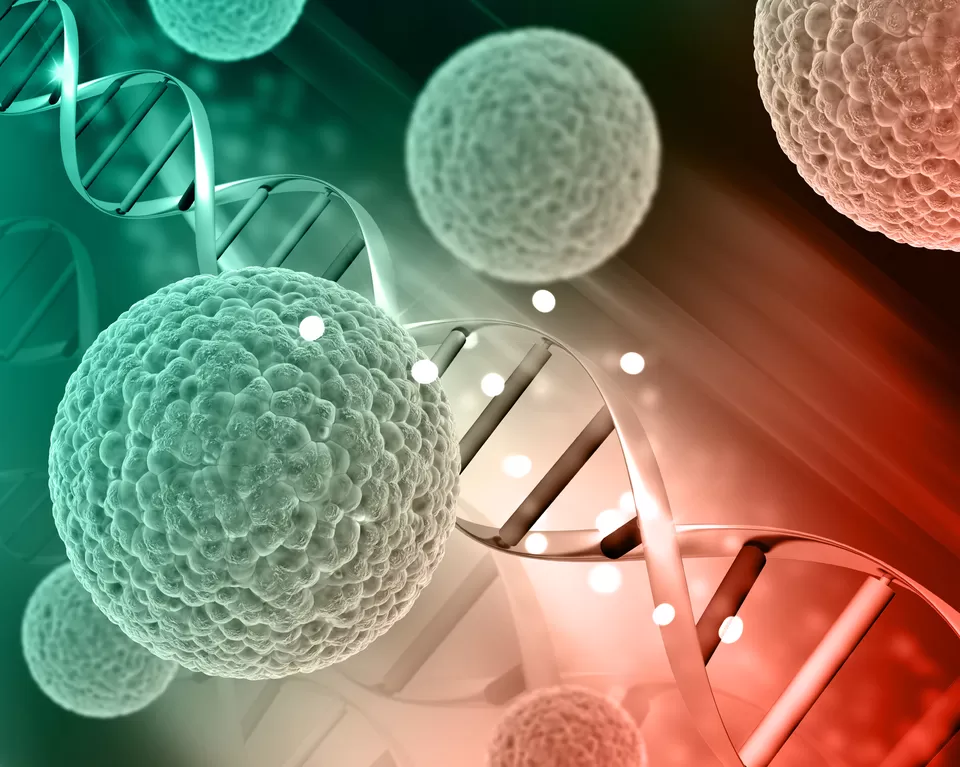In the ever-evolving field of molecular biology and diagnostics, few innovations have had as profound an impact as the Polymerase Chain Reaction (PCR). Introduced in the 1980s by Kary Mullis, PCR revolutionized genetic research by allowing scientists to amplify minute amounts of DNA into millions of copies within a matter of hours. Since then, it has become an essential tool in medicine, research, forensic science, biotechnology, and beyond.
In this blog, we’ll explore what PCR is, how it works, its key applications, advancements, and why it remains indispensable in today’s scientific landscape.

What is Polymerase Chain Reaction?
Polymerase Chain Reaction (PCR) is a laboratory technique used to replicate and amplify specific DNA sequences. It enables scientists to make millions or even billions of copies of a target DNA segment from just a small initial sample. This is achieved through a series of temperature-controlled cycles that mimic DNA replication in a test tube.
The core components of a PCR reaction include:
DNA Template: The sample DNA containing the target sequence.
Primers: Short DNA fragments that flank the target sequence.
Nucleotides (dNTPs): The building blocks for new DNA.
Buffer Solution: Maintains the optimal environment for the reaction.
How PCR Works: The Three Key Steps
Annealing (50–65°C): Primers bind (anneal) to their complementary sequences on the single-stranded DNA.
Extension (72°C): DNA polymerase extends the primers to synthesize new strands of DNA.
This process is repeated in cycles, doubling the amount of DNA with each round, resulting in exponential amplification.
Applications of PCR
Key applications include:
1. Medical Diagnostics
PCR is widely used to detect genetic disorders, infectious diseases, and even cancer mutations. It allows for early diagnosis with high sensitivity, even when only trace amounts of DNA or RNA are present.
COVID-19 Testing: Real-time reverse transcriptase PCR (RT-PCR) became the gold standard for SARS-CoV-2 detection.
Oncology: Identifies specific genetic mutations or fusion genes involved in cancer.
2. Genetic Research and Cloning
It enables researchers to isolate, analyze, and manipulate specific genes for functional studies or therapeutic applications.
3. Forensic Science
PCR allows forensic experts to analyze trace amounts of DNA from crime scenes, enabling identification of suspects through DNA fingerprinting. It has revolutionized the field by providing accurate and rapid results.
4. Agriculture and Food Safety
PCR is used to detect genetically modified organisms (GMOs), plant pathogens, and contaminants in food products.
Variants and Advances in PCR Technology
Over time, several specialized forms of PCR have been developed to meet the growing demands of modern science:
Real-Time PCR (qPCR): Monitors DNA amplification in real time using fluorescent markers, ideal for quantitative applications like gene expression analysis.
Reverse Transcription PCR (RT-PCR): Converts RNA into DNA for amplification, widely used for studying RNA viruses and gene expression.
Digital PCR (dPCR): Offers absolute quantification by partitioning the sample into thousands of reactions, enhancing sensitivity and precision.
Advantages of PCR
High Sensitivity and Specificity: Can detect even a single copy of DNA.
Speed and Efficiency: Results in a matter of hours.
Versatility: Applicable to a wide range of biological samples and use cases.
Scalability: Works for small-scale labs and high-throughput automated systems alike.
Limitations and Challenges
Despite its power, PCR has some limitations:
Contamination Risk: Even tiny DNA contaminants can lead to false positives.
Requires Technical Expertise: Incorrect primer design or thermal cycling can affect results.
Limited Quantification: Conventional PCR provides qualitative, not quantitative, data.
Fortunately, advancements like real-time PCR and improved automation are addressing many of these concerns.
The Future of PCR
As science continues to evolve, PCR remains a cornerstone of molecular biology. The integration of microfluidics, AI-driven assay design, and portable PCR devices is making the technology more accessible and powerful than ever.
Conclusion
Polymerase Chain Reaction (PCR) is more than just a laboratory technique—it is a foundational technology that continues to drive progress across medicine, research, agriculture, and forensics. Its ability to amplify DNA with precision and speed has made it one of the most valuable tools in modern science.
As innovations continue to enhance its accuracy and accessibility, PCR will remain a critical player in unlocking the future of genetic diagnostics and molecular research.













